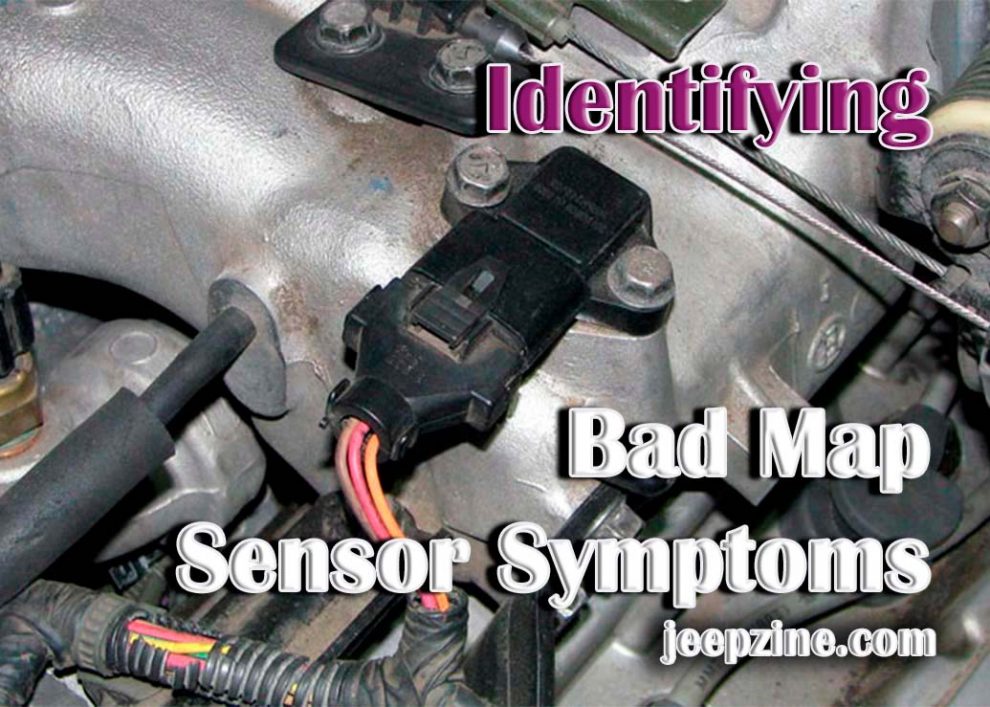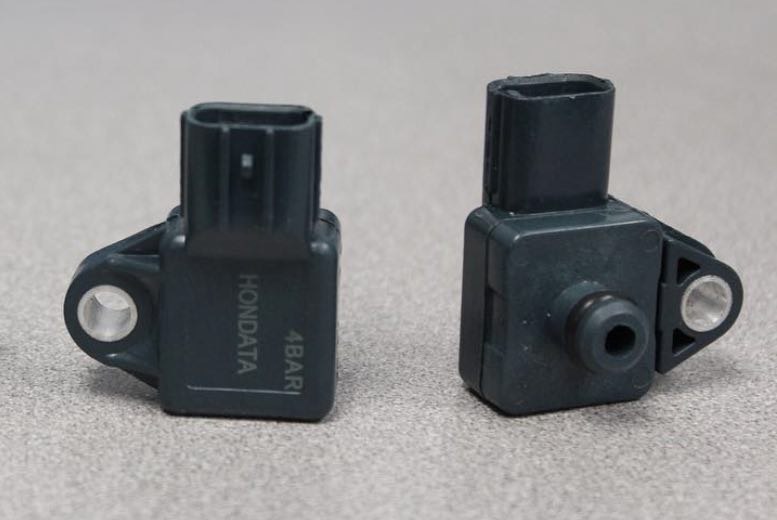When dealing with car performance issues, it’s essential to understand the symptoms of a bad map sensor and how to test and troubleshoot it. The MAP (Manifold Absolute Pressure) sensor is an important part of your vehicle’s engine management system, and its role is to measure the amount of air entering the engine. A faulty MAP sensor can cause many problems, including poor engine performance, misfires, rough idling, stalling, and increased fuel consumption. In this article, we’ll discuss what the MAP sensor does in your vehicle, its symptoms when it goes bad, and how you can perform some basic tests and troubleshooting steps to diagnose any potential issue.
What Is a MAP Sensor?
A MAP sensor (Manifold Absolute Pressure) is an engine management component that measures the amount of air entering an internal combustion engine. The MAP sensor is typically mounted to the intake manifold, though it may be located elsewhere in the engine bay. It reads pressure changes inside the intake manifold and sends a signal to the vehicle’s computer to adjust based on the current engine load, atmospheric conditions, and other factors. This allows for more efficient and cleaner operation of the vehicle’s engine. The MAP sensor helps control fuel injection timing, fuel delivery rate, ignition timing, exhaust gas recirculation rate (EGR), and throttle position. It helps ensure optimal performance by providing feedback that helps keep the air/fuel mixture balanced. Maximizing fuel economy and reducing emissions from vehicles powered by internal combustion engines is important.
Bad MAP Sensor Symptoms
When a MAP sensor fails or starts to go bad, it can cause a variety of issues with the vehicle’s performance. Common symptoms include:
-
Poor engine performance: If your vehicle suddenly has poor acceleration or takes longer than usual for it to respond while accelerating, there might be something wrong with your map sensor that could be causing these issues.
-
Rough idle: A faulty map sensor may cause unstable idle speeds, indicating that too little or too much air is being fed into the combustion chamber due to incorrect readings taken from atmospheric pressure conditions in the intake manifold by map sensors resulting in a rough idle.
-
Stalling: A bad map sensor may cause your engine to stall randomly while driving due to incorrect readings taken from atmospheric pressure conditions in the intake manifold resulting in insufficient air-fuel ratio and stalling of the engine.
-
Increased fuel consumption: If your vehicle is consuming more fuel than usual, it may be caused by an issue with your map sensor where it is not providing accurate readings for the computer to adjust the air-fuel ratio, accordingly, thus leading to increased fuel consumption.
-
Misfires: A misfire occurs when there is an imbalance between the amount of fuel and air entering the combustion chamber, and this can be caused by a faulty map sensor where it is not providing accurate readings for the computer to adjust the air-fuel ratio, accordingly, resulting in misfires.
How to Test and Troubleshoot a Bad Map Sensor
If you suspect your MAP sensor has issues, you can perform some basic tests and troubleshooting steps to diagnose the problem. First, you can check the voltage output of the MAP sensor by connecting a multimeter to its electrical output port. It might be faulty and require replacement if it does not provide accurate readings or shows no voltage. You can also inspect the vacuum line that connects to your MAP sensor for any signs of damage or blockage, as this could be causing incorrect readings to be taken by the map sensor. Lastly, if none of these tests come back successful, then it could mean an underlying issue with your vehicle’s engine management system that needs to be addressed by a professional mechanic.
Conclusion
The MAP sensor is an important component of your vehicle’s engine management system, and its role is to measure the amount of air entering the engine so that your car’s computer can adjust fuel delivery accordingly. A faulty map sensor can cause many problems, including poor engine performance, misfires, rough idling, stalling, and increased fuel consumption. Understanding the symptoms of a bad map sensor and how to test and troubleshoot it is essential. If you suspect your MAP sensor has issues, you can perform some basic tests and troubleshooting steps to diagnose the problem. If all else fails, then it could mean an underlying issue with your vehicle’s engine management system that needs to be addressed by a professional mechanic.


 Poor engine performance: If your vehicle suddenly has poor acceleration or takes longer than usual for it to respond while accelerating, there might be something wrong with your map sensor that could be causing these issues.
Poor engine performance: If your vehicle suddenly has poor acceleration or takes longer than usual for it to respond while accelerating, there might be something wrong with your map sensor that could be causing these issues.
Add Comment